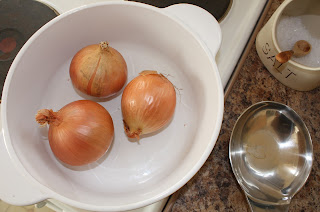By Kathleen Ghisletta
Ingredients
- Spices: 1 teaspoon cumin, 1 teaspoon fennel, 8 cardamon pods, 1 teaspoon coriander seeds
- 1 tablespoon Pataks Madras paste
- Olive & grapeseed oil
- 2 medium onions
- One large brinjal
- Half a vegetable stock cube in 250ml hot water
- Tomato paste
- Almonds
Preparation
- Slice & salt the brinjal and place on a plate in the fridge to steep for 30 mins.
- Peel and chop the onions and then fry in a Thick Bottomed pan in an equal mixture of olive & grapeseed oil on a low heat.
- When the onions start to become translucent add all the spices and the madras paste and cook further for about 10 mins, adding a little of the stock when it becomes too dry.
- Now add the rest of the liquid stock, stirring well and then pour off into a bowl to keep.
- Rinse the salt off the brinjal slices and cut into pieces.
- Now fry the brinjal in a heated oil mixture in the same pan until they start to brown and then add the stock & spice sauce and a tablespoon of tomato paste, and simmer very gently.
- Just before the dish is ready to serve add a tablespoon of crushed almonds to thicken the sauce.








